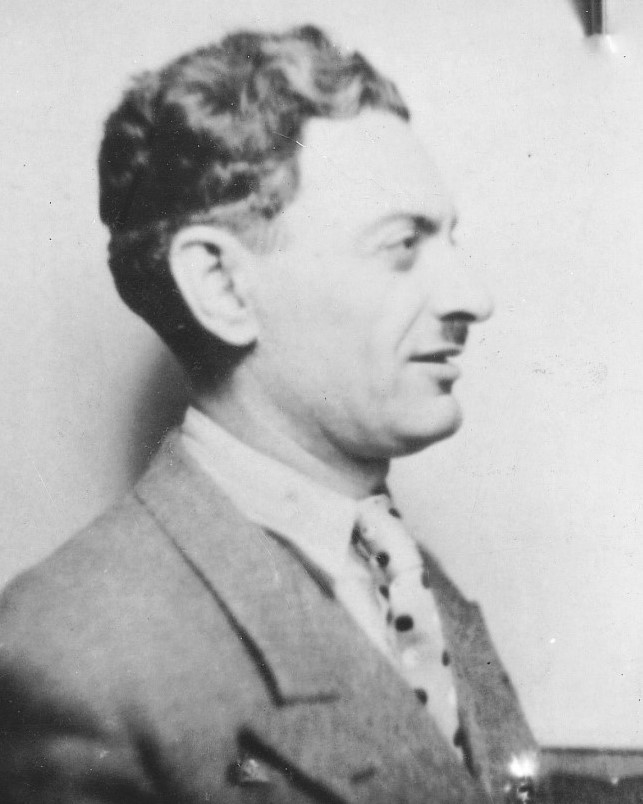Molli CHWAT
January 2, 2019Béla CZOBEL
January 2, 2019Yehuda COHEN
THESSALONIKI (GREECE) 1897 – DEPORTED TO AUSCHWITZ 1942
Yehuda Cohen came from a family of craftsmen. In 1918, he decided to leave for Palestine to study painting in the Bezalel art school in Jerusalem. In 1923, he organized an exhibition at this school. Encouraged by his teachers, he went to Europe in 1925 and visited Florence, Brussels, and Paris with his friend Madim Zarudinsky. In Paris, he married a young woman who was also from Thessaloniki and worked at a clothing workshop. When she died, as tradition would have it, he married her youngest sister with whom he had children. Yehuda Cohen painted landscapes and village scenes, illustrated passages from the Bible and made many ink drawings. In order to provide for his family, he worked on a building site. On November 7, 1942, he was interned in Drancy with his wife, children, and parents-in-law. On November 1, 1942, they were deported on convoy 45. They were murdered in Auschwitz.
Stories of Jewish Artists of the School of Paris 1905-1939
FRENCH-ENGLISH
Capitale des arts, le Paris des années 1905-1939 attire les artistes du monde entier. De cette période de foisonnement, un terme est resté, celui d'Ecole de Paris, qui recouvre une grande diversité d'expression artistique. Dans ce brassage dont Montparnasse est le creuset, un groupe se distingue : celui des artistes juifs venus de Russie, de Pologne et d'Europe centrale. Si leurs styles sont variés, un destin commun les rassemble : ils fuient l'antisémitisme de leur pays d'origine. Certains ont connu la célébrité dès les années 1920, tels Soutine, Lipchitz ou Chagall. D'autres n'ont pas eu le temps ou la chance d'y accéder. Près de la moitié a péri dans les camps de concentration nazis.
From 1905 to 1939, Paris attracted artists from all over the globe as the capital of the art world. This period of artistic proliferation became known as the School of Paris, and includes a great diversity of artistic expression. Within the teeming art world centred on Montparnasse, one group set itself apart: Jewish artists from Russia, Poland, and Central Europe. Although their styles were diverse, they shared the common fate of fleeing anti-Semitic persecutions in their home countries. Some became famous in the 1920s, such as Soutine, Lipchitz, and Chagall, while others did not have the time or the luck to gain renown. Nearly half of these artists died in Nazi concentration camps.





